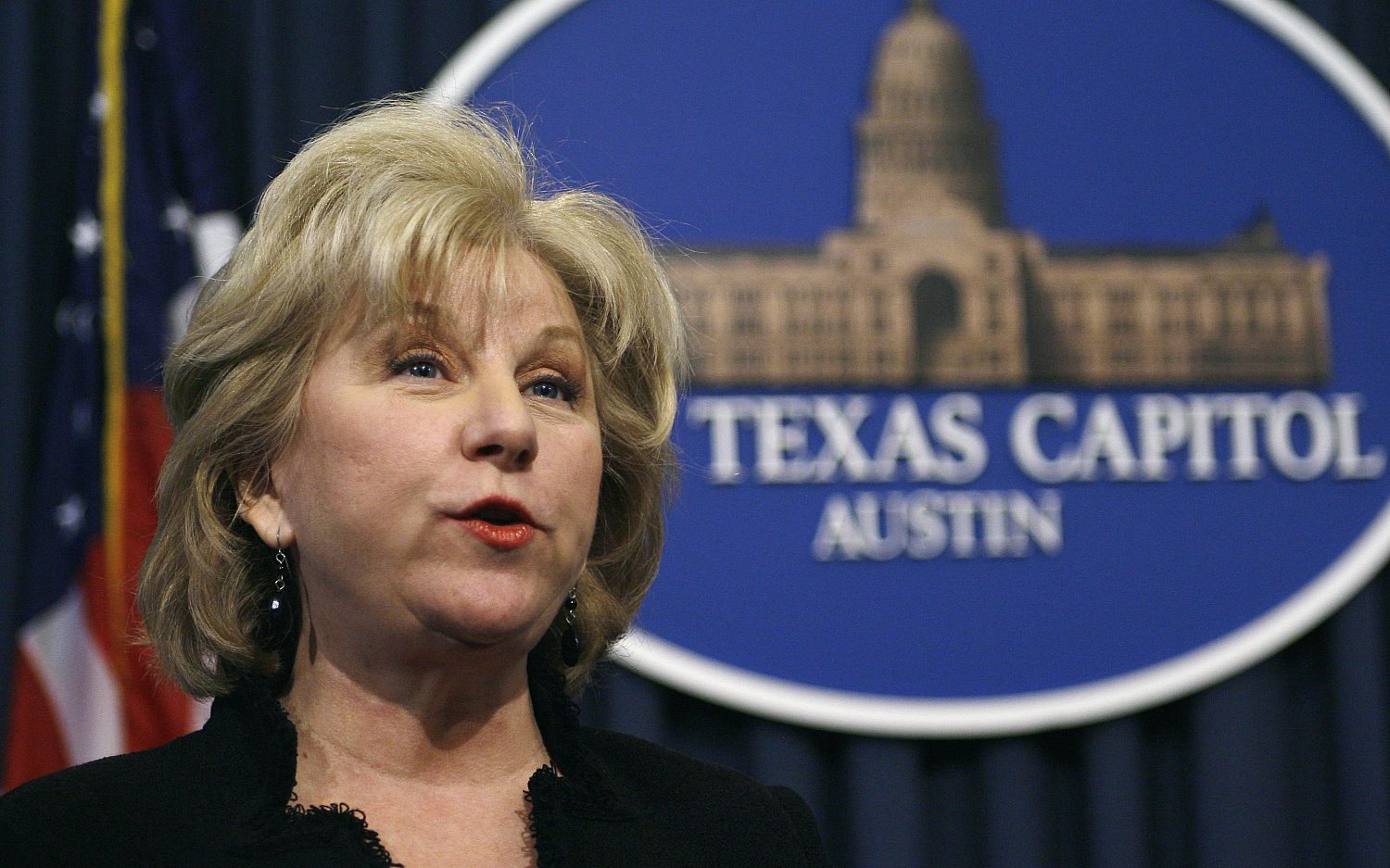Government survey: Gay population smaller than previously thought
Less than 4 percent of the U.S. population identifies as gay, lesbian, or bisexual, a surprisingly small number given the outsized influence they have had on the nation’s cultural and legal landscape.
Based on 2013 data collected by the government in The National Health Interview Survey, 1.6 percent of adults identify as gay or lesbian and 0.7 percent identify as bisexual. The numbers were lower than earlier approximations, which placed gay and lesbians at closer to 3 percent of the population. More than 96 percent identified as straight, and 1.1 percent did not provide an answer or said they were “something else,” or “I don’t know the answer.”
This is the first time since its inception 57 years ago that the NHIS has included sexual orientation in its questions. The survey documented many of the setbacks and disparities faced by individuals who identified as something other than heterosexual. The survey was considered a victory by members of the LGBT community and an important step for understanding health needs. But the results didn’t paint a rosy picture.
“We saw some differences by sexual orientation, but there is no clear overall pattern,” Brian Ward, lead author of the report and a health statistician for the U.S. National Center for Health Statistics, told HealthDay News. “You can’t say gay, lesbians and bisexuals have poorer health overall.”
The report he authored, however, implies differently. “Across most of these outcomes [health conditions, health behaviors, and healthcare access], sexual minorities tend to fare worse than their non-minority counterparts,” the report summarized.
The survey found most respondents who identified as homosexual or bisexual were between 18 and 44. They were least likely to be over 65, implying a shorter lifespan.
The survey found bisexual women were more likely to experience psychological stress (10.8 percent compared to 4.5 percent). Adults who identified as homosexual or bisexual were more likely to binge drink or smoke. But gay men were less likely to be obese than straight ones.
The survey was based on interviews with 34,557 people, making it a large-scale statistical sampling. Due to the small percentage of those who identified as gay, lesbian, or bisexual, researchers say the health statistics for that group are somewhat unreliable.
An actual newsletter worth subscribing to instead of just a collection of links. —Adam
Sign up to receive The Sift email newsletter each weekday morning for the latest headlines from WORLD’s breaking news team.





Please wait while we load the latest comments...
Comments
Please register, subscribe, or log in to comment on this article.